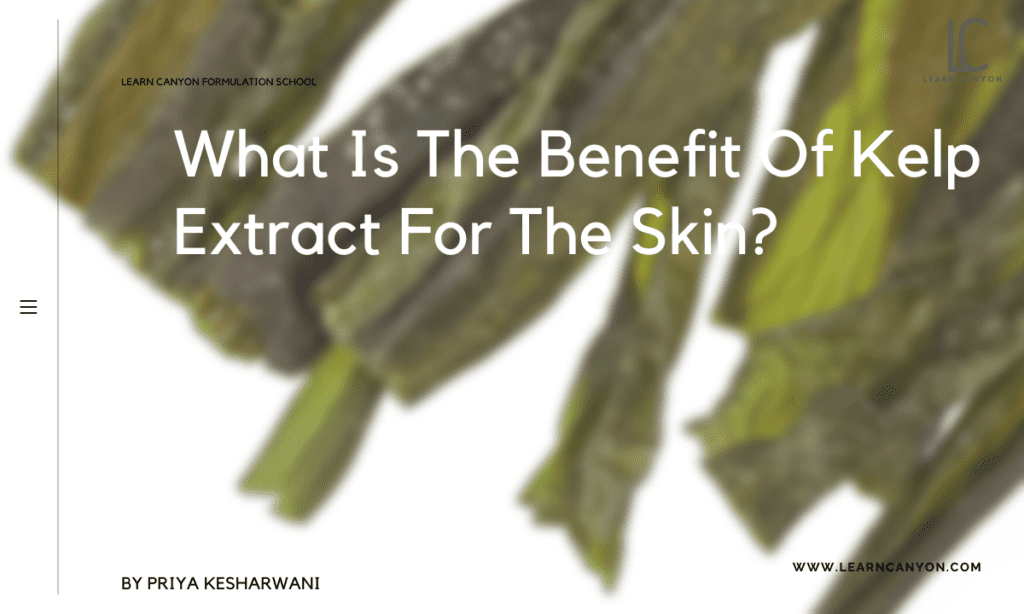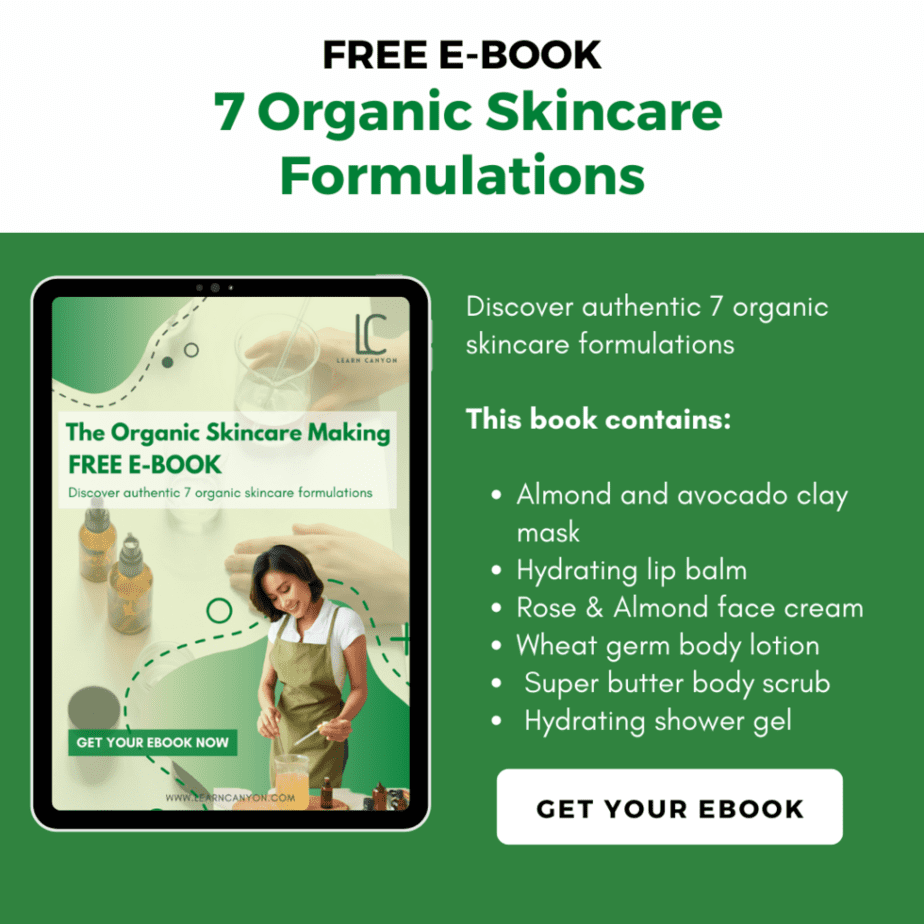
Calendula Extract: Your Skin Glow Powerhouse

Calendula Extract
Flowers are beautiful in the garden, in a vintage vase, or braided into your hair, but did you know that some flowers are also beneficial for your skin? These lovely plants have a number of beneficial properties that can help relax, moisturise, tighten, and protect your skin.
What is our current favourite?
Calendula is a flowering plant that is also known as pot marigold. So, how can this vibrant flower help your skin seem glowing, youthful, and healthy? One of the reasons we like calendula as a skincare component is that it comes straight from nature. And we believe that nature is the wisest of all.
What is Calendula Extract?
Calendula Extract is a natural substance derived from the marigold flower. Calendula officinalis belongs to the asteraceae family of flowers, which also contains daisies. Calendula is derived from the Latin word kalendae, which means new moon or first day of the month, and is pronounced kuh-len-juh-luh.
The vibrant yellow and orange perennial is said to bloom exclusively on the first of the month. Ayurvedic and Chinese medicine have long employed calendula extract, which is prepared from the flower’s leaves, petals, and seeds.
| What is it? | Calendula is a cheerful yellow flower whose petals are frequently used in skin care products as infusions and extracts. |
|---|---|
| INCI | Calendula Officinalis. |
| Appearance | Yellow to Light Amber Liquid |
| Texture | Transparent crystal-like texture. |
| Recommended Usage | 1.0-10.0% |
| Solubility | Although the petals are insoluble, calendula hydrosol (water soluble) and calendula extracts (oil (Maceration) or water soluble) are available. |
| Melting point | NA |
| Boiling point | NA |
| pH | 3.0-6.0 |
| Aroma | Mild, herbaceous. |
| Why do we include it in formulations? | Triterpenoids and flavonoids, which are active ingredients in this herb, have anti-inflammatory, antibacterial, and astringent qualities. |
| How to work with it? | The extracts are now in the cooling down phase of the formulation process. Make sure the solubility is compatible with the formula. |
| Applications | Calendula is commonly extracted for cosmetic purposes, but it can also be used in formulations for its skin-soothing, healing, and protective properties. |
| Absorption rate | Fast |
| Strength | Calendula is a well-researched, safe skin-care herb that has a long history of use. It's reasonably priced, widely available, and has a strong brand image. |
| Weaknesses | Allergies are a potential with any botanicals. |
| Substitution | Chamomile, comfrey |
| How to store it? | Stored in acool, dark and dry place. |
| Shelf life | The dried petals of calendula will last for around two years. |
Fun Fact
| Type of ingredient | Hydrosol/distillate. |
|---|---|
| Main benefits | Calendula has antibacterial characteristics that can help with wound healing and acne prevention. |
| Who should use it | All skin types, in general. |
| How often can you use it? | To get the most out of Calendula Extract's sun-protective properties, apply it during the day with sunscreen. Calendula Extract can be added to your nighttime regimen to reduce irritation and hasten the healing of blemishes. |
| Works well with | Calendula extract is compatible with a wide range of products and substances. |
| Doesn't work with | Don’t use ragweed and chrysanthemums. |
| How to use | When your mixture is cooling down, add this ingredient. |
Mechanisms of action
Calendula’s nourishing properties assist to plump the surface of your skin in the short term, resulting in tighter, more supple skin. Both anti-inflammatory and antioxidant characteristics help to protect your skin’s collagen and elastin supply in the long run.
Calendula flower active components include triterpene saponins (oleanolic acid glycosides), triterpene alcohols ( -amyris, faradiol), and flavonoids (quercetin and isorhamnetin). This extract has a lot of linoleic acid, which is a natural anti-inflammatory that helps those with sensitive skin.
Benefits of Calendula Extract
So, what are the skin benefits of calendula? Calendula is a flower that is used in skincare to treat a variety of ailments, including inflammation and dryness, and it is especially beneficial for sensitive skin. Let’s take a look at some of its numerous benefits.
- Calendula Is Anti-Inflammatory
Inflammation can aggravate a variety of skin issues. Acne, rosacea, eczema, sensitivity, and even collagen breakdown are all caused by inflammation. Calendula’s soothing qualities can aid in the treatment of any of these inflammatory skin conditions. Calendula flower’s anti-inflammatory properties are due to its high concentration of flavonoids, saponins, and triterpenoids.
- Calendula Moisturizes Your Skin
You’ve most likely heard that consuming a diet rich in essential fatty acids is beneficial to your health. The same essential fatty acids can nourish your skin, such as linoleic acid found in calendula oil or extract. They let your skin cells absorb nutrients and retain water for longer periods of time, which is great news for people with dry skin. Calendula-infused cosmetics, in other words, can make skin softer, more supple, and nourished.
- It can protect your skin from external aggressors.
The calming qualities of calendula are attributable to flavonoids, which also make it a good skin protector. Flavonoids are a type of antioxidant that can help protect your skin from the damaging effects of free radicals.
- It keeps your skin healthy.
Calendula flowers have long been used to cure wounds. Calendula has even been found in one study to speed up the healing of C-section scars. The ladies who utilised calendula ointment had fewer irritated and red incisions than those who received standard medical treatment. Calendula’s ability to increase blood flow and oxygen to the skin is what gives it its healing properties. Increased blood flow to the skin means more nutrients, which helps your skin function better and look better.
- It can firm your skin.
Calendula’s nourishing ingredients help to plump the surface of your skin, giving you firmer, supplier skin in the short term. In the long run, both anti-inflammatory and antioxidant properties serve to protect your skin’s collagen and elastin supply.
Side effects of Calendula Extract
If you’re sensitive to marigolds, there’s a chance you’ll have an allergic reaction to any plant or botanical. This is important for everyone, but it is especially important if you have sensitive, easily irritated skin. “Remove the product as quickly as possible if you develop a red, itchy rash,” Zeichner recommends. “Calendula can create an allergic reaction on the skin, and it reacts to other plant allergens like ragweed and chrysanthemums.”
How to use it in formulation?
So, how do you use calendula on your skin? All of the benefits listed above can be obtained by using calendula extract. If you’re using essential oils, make sure to dilute them with a carrier oil such as coconut or jojoba. This will protect your skin from any potential discomfort from essential oils. You can also use calendula cream or another skincare product in your daily routine.
Work well with other ingredients
Calendula pairs nicely with a variety of other ingredients that aid healing, particularly fragrant types. Lavender and Chamomile are our favourite anti-inflammatory combinations with Calendula because of their complementing calming qualities and pleasant scents.





